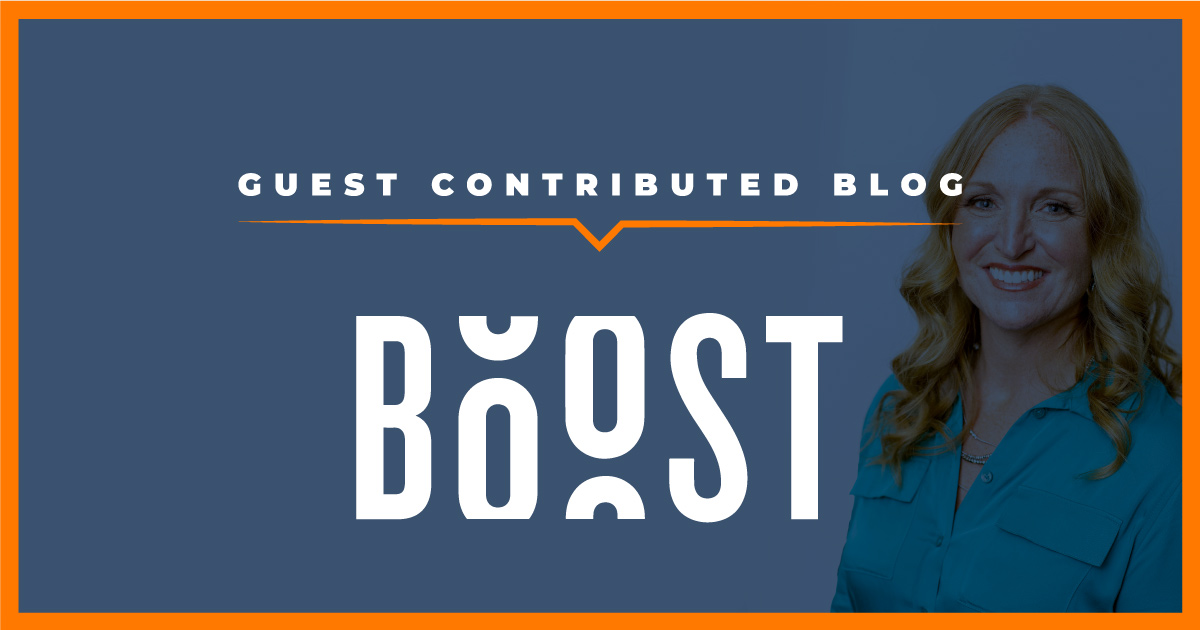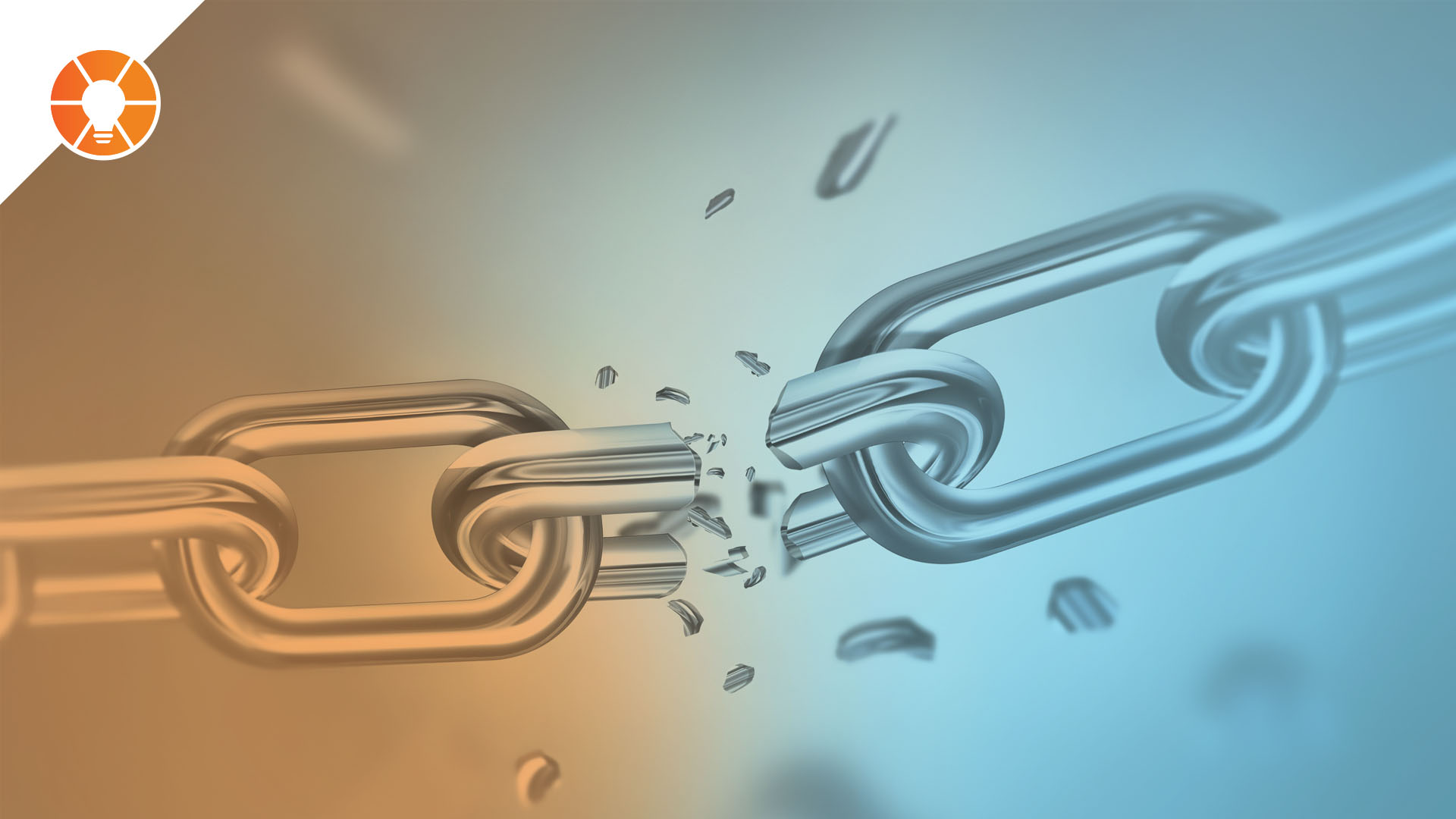
Every seller has felt the sting of losing business to a competitor or hearing the dreaded words “Your price is too high.” While these experiences may not feel great, it’s time to reframe them as not just inevitable but valuable. Contrary to popular belief, price objections and sales losses are a necessary part of an effective pricing strategy.
Price Objections: Buying Signals in Disguise
It’s counterintuitive, or even paradoxical, but a customer asking you to “sharpen your pencil” is actually good news. Why?
Customers are all humans. And like all humans, they’re notoriously self-interested. They don’t want to waste their time. So, if they were not interested at all in your solution, why would they bother calling you to ask you to match a competitor’s quote, asking you to sharpen your pencil, shoehorning you into their budget, or otherwise beating you up on price?
The answer is they wouldn’t. So, when they do that, it’s actually a sign that they are at least somewhat interested in your products or services.
When customers push back on price, they’re signaling a baseline interest in what you offer. Rather than panicking and slashing prices, use this moment as a “permission slip” to delve deeper. Ask questions. Reinforce the unique value your solution offers. Recalibrate your strategy based on real-world feedback. Simply put, price pushback is a necessary facet of a well-tuned pricing strategy.
The Necessary Evil of Losing Sales
Losing a sale is never a cause for celebration, but it isn’t a cause for despair either. If you’re winning every deal that comes your way, it’s a red flag. It means your prices are too low and you’re leaving money on the table.
Of course, you don’t win every deal that comes your way. But ask yourself if there’s any part of your business where your win rate is quite high, maybe even too high. Maybe you win almost all of the deals for certain kinds of customers, certain products or services, rush opportunities, or very complex solutions. Or maybe you win deals where the customer’s needs are unique in some fashion.
Anywhere your win rate is “too high,” there may be an opportunity to tune your pricing strategy. Consider that losing some deals can signal that your pricing strategy is pointed in the right direction. If you aren’t getting enough of those signals, it might be time to dig back into your pricing strategy to make some adjustments.
Take a look at how your win rates adjust over time in different segments of your business: customer segments, products and service segments, and geographic segments. If your win rates are moving up and up, might there be an opportunity for you to take a look at your pricing strategy in those arenas? Consistently high win rates suggest there’s room to maneuver and explore the upper bounds of what the market will bear.
Embrace the Silver Lining of Price Pressure
Price pressure is a necessary part of a good price strategy. If you’re not facing enough price objections or losing some sales, your prices are too low.
Embrace price objections as buying signals and sales losses as opportunities to confirm or refine your pricing strategy. The next time a prospect balks at your price or you lose a deal, take a deep breath and remember: these aren’t setbacks; they’re stepping stones to a more lucrative and sustainable business.
Casey Brown is a pricing geek and professional speaker with a passion for helping organizations be paid well for their excellence. She is the president of Boost Pricing where she leads a team of consultants and coaches who help organizations improve pricing performance.
Casey’s decades-long reputation as a pricing expert arose from pioneering innovative pricing content, formulating and executing pricing strategies, and coaching and training teams to drive culture change and dramatic, sustainable results. Now, she leads the team at Boost Pricing to help organizations price from confidence, negotiate with courage, and make better pricing decisions.
A prominent keynote speaker around the world, Casey also delivered a TEDx talk in 2015 with over 5 million views to date.
Casey started her career as an engineer at General Electric, working in both R&D and manufacturing, developing technology for which she holds a U.S. patent. She went on to lead cross-functional teams and projects at GE and later at other Global Fortune 500 companies.
Casey is fluent in Spanish, is a certified Six Sigma Black Belt, and holds degrees in chemical engineering, Spanish, and business. She volunteers over 600 hours annually around the world, focused on meeting children’s basic needs. She lives in Columbus, Ohio, with her family.





